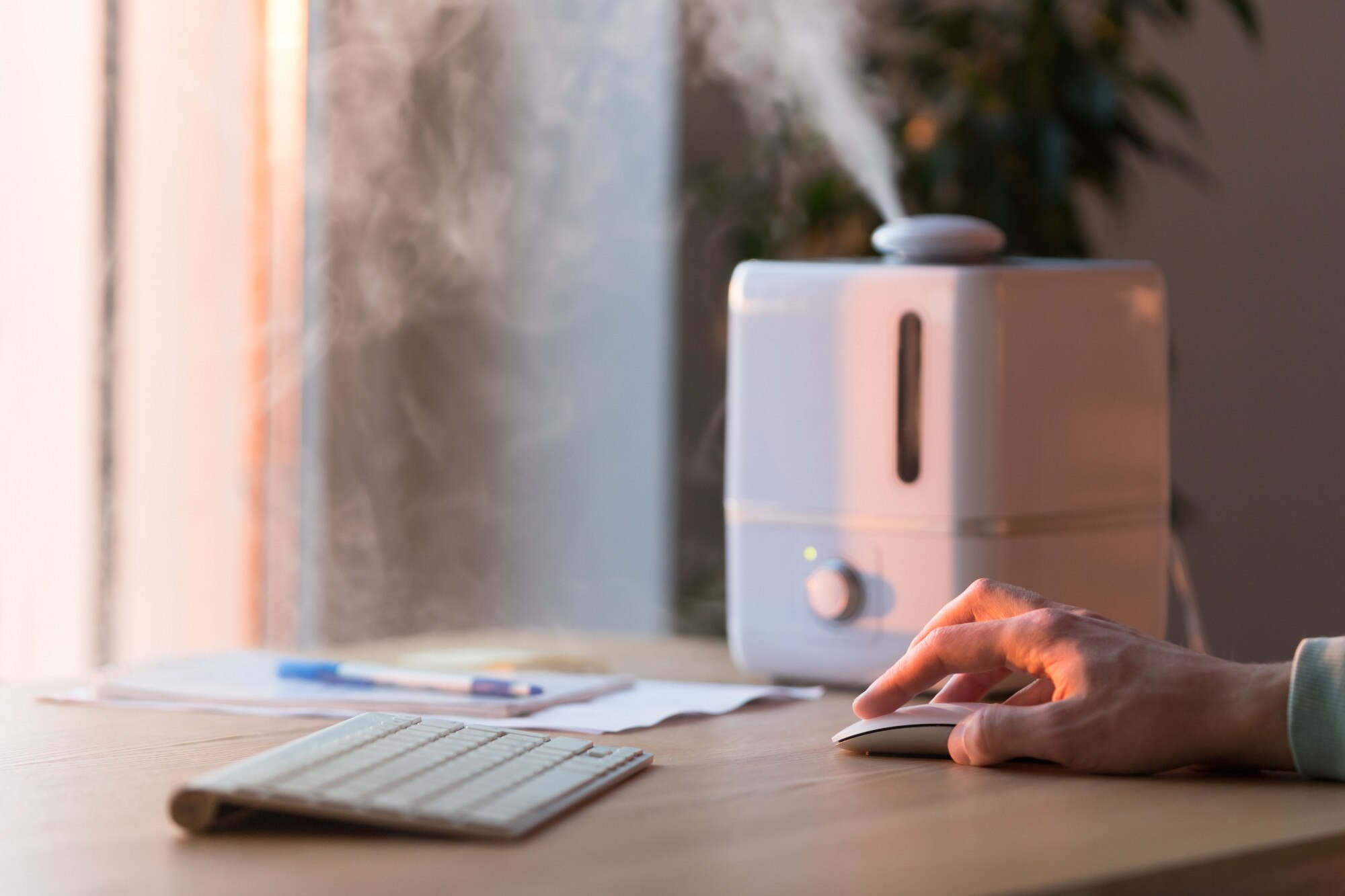Is Your Office Air Hurting Productivity? Look at Humidity
You might not realize it, but the air in your office could be quietly dragging down workplace productivity. Dry or overly humid air affects focus, comfort, and even health in ways you might not expect. Let’s explore how simple humidity control can make a big difference in your indoor air quality—and what steps you can take to create a better environment for your team. Learn more about the impact of office air quality.
Impact of Humidity on Productivity

Everyone wants a productive workplace, but air quality often goes unnoticed. How does humidity play into this?
Importance of Office Air Quality
Office air isn’t just about temperature. It’s about how you feel every day at work. Studies show that proper air quality can lead to a 10% boost in productivity. When the air is balanced, you’re more comfortable and focused, reducing sick days and enhancing cognitive tasks. Poor air creates an environment where germs thrive, potentially increasing illness. Read more on why optimal humidity matters in offices.
Connection Between Humidity and Productivity
Humidity levels can impact how well you work. Too much moisture leads to stuffy air and mold growth, while too little can dry out your skin and throat. Research reveals that maintaining levels between 40-60% is ideal. This range keeps you alert and helps your body fight off colds. It’s a balance that supports both health and focus. Discover the effects of humidity on health.
Managing Humidity in the Workplace

Now that you know humidity affects productivity, how do you manage it? Let’s dive into practical steps.
Effective Humidity Control Tips
Here are some easy ways to manage humidity:
-
Measure Levels: Use a hygrometer to track humidity. Aim for 40-60%.
-
Ventilation: Ensure good airflow. Open windows or use fans to circulate air.
-
Plants: Certain plants can naturally balance humidity while cleaning the air.
These steps help create a comfortable environment where productivity can flourish. Regular checks and adjustments can make a significant difference.
Types of Humidifiers for Offices
Choosing the right humidifier is crucial. Cool mist humidifiers work best in warm climates, while warm mist humidifiers suit colder areas. Ultrasonic models are quiet and energy-efficient, ideal for office settings. Here’s a quick comparison:
|
Type |
Best For |
Features |
|---|---|---|
|
Cool Mist |
Warm climates |
No heating element |
|
Warm Mist |
Cold climates |
Heats water to create mist |
|
Ultrasonic |
Any environment |
Quiet, energy-efficient |
Selecting the right type ensures you maintain optimal conditions effortlessly. Explore more about different humidifiers.
Benefits of Optimal Humidity Levels

Achieving the right humidity isn’t just about comfort. It brings tangible benefits to your workspace.
Boosting Workplace Productivity
A balanced atmosphere helps keep your mind sharp. Studies highlight a 5% increase in performance when humidity is optimal. You’ll find it easier to concentrate, with fewer distractions from discomfort. It’s not just about feeling better; it’s about working better together.
Promoting Employee Well-Being
When employees are comfortable, they’re happier and healthier. Proper humidity levels can reduce the spread of viruses and ease breathing issues. This means fewer sick days and a stronger, more connected team. By investing in air quality, you’re investing in your team’s well-being. Find out more about employee health and humidity.
In summary, optimal humidity is vital for a productive, healthy office. By managing air quality, you enhance work performance and employee satisfaction. Making small changes today can lead to significant improvements in the long run.



